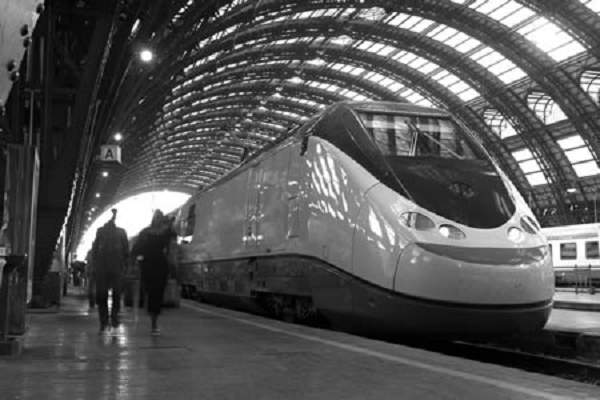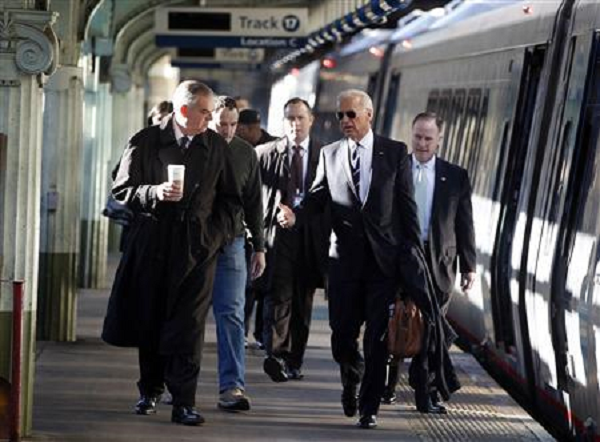
The White House has unveiled a $53 billion plan that will be spent over the next six years for building new high-speed rail networks all over the US. The sheer size of the investment has silenced any skeptical voices about “Obama’s commitment to winning the future by rebuilding America’s roadways, railways and runways”. The dream is to provide 80 percent of the American populace with access to to high speed rail within the next 25 years. The fact that $8 billion have already been set aside in the budget of the fiscal 2012 towards this project goes on to consolidate the US President’s affirmation in this regard.
Speaking at the 30th Street station in Philadelphia, Vice President Joe Biden stressed on the urgent need for such a project stating “If we do not, you tell me how America is going to be able to lead the world in the 21st century”. He also quoted the example of Japan and China who have already established a strong network of railroads to bolster economic development. He added that the new program would “lay a new foundation for the nation’s economic opportunity, job creation, and competitiveness.” Obama’s plans for a renewed railroad project replacing the existing antiquated network had surfaced as early as 2009 and had seen smaller investments in the stimulus package and the subsequent budget.

Image Coutesy: Reuters
Three separate corridors have been suggested in the blueprints being drawn up for the project. The Core Express corridor will link highly populated cities situated 200 to 600 miles apart. The high speed rails would use dedicated tracks traveling at minimum speed of 150 mph and stopping at only important stations enroute. The Regional corridor would connect cities and towns about 150 to 500 miles apart. The frequency of service and the number of stops would be relatively higher with speeds in the range of 110 to 150 mph. The Emerging corridor would have rails with top speeds of 90 to 110 mph mainly connecting between the other corridors using primarily shared tracks and advanced grade crossing protection.
Via: Treehugger




